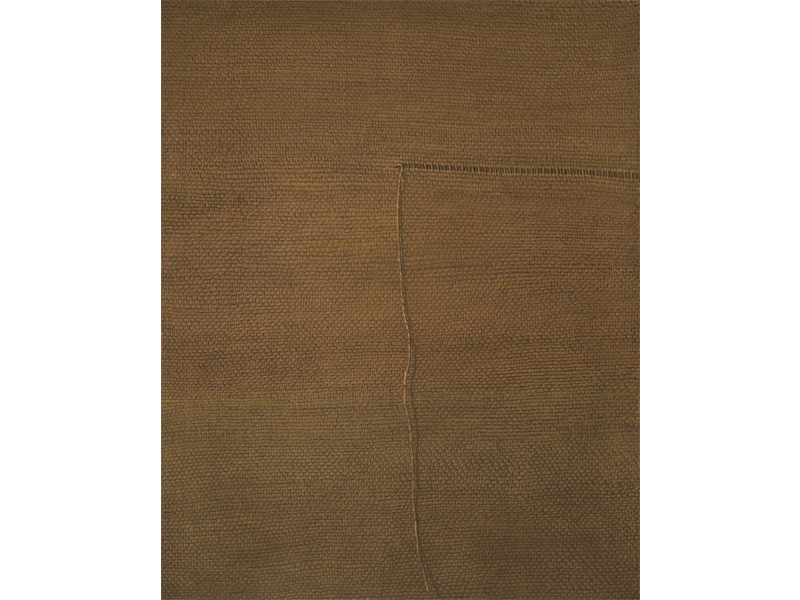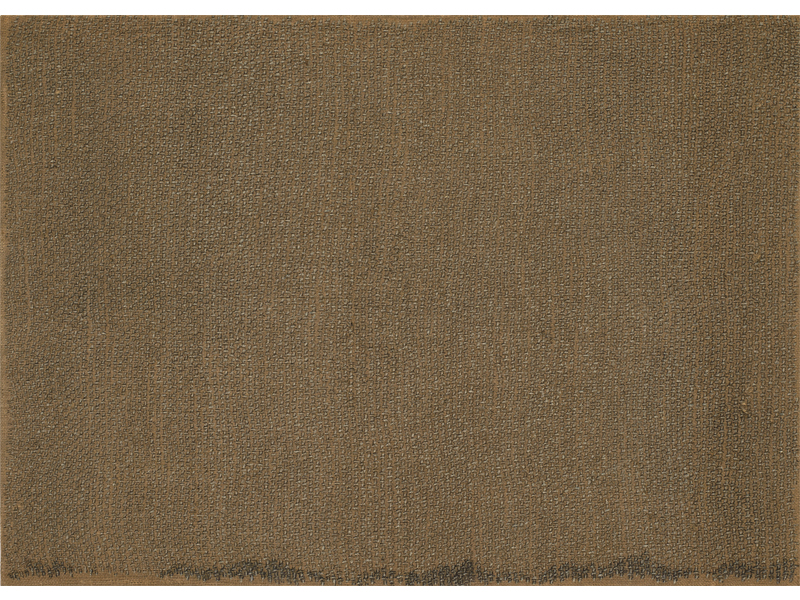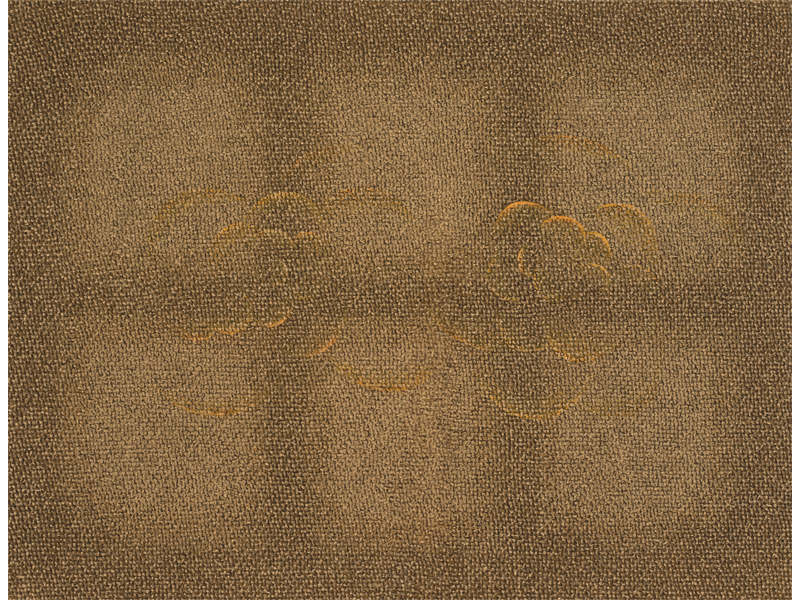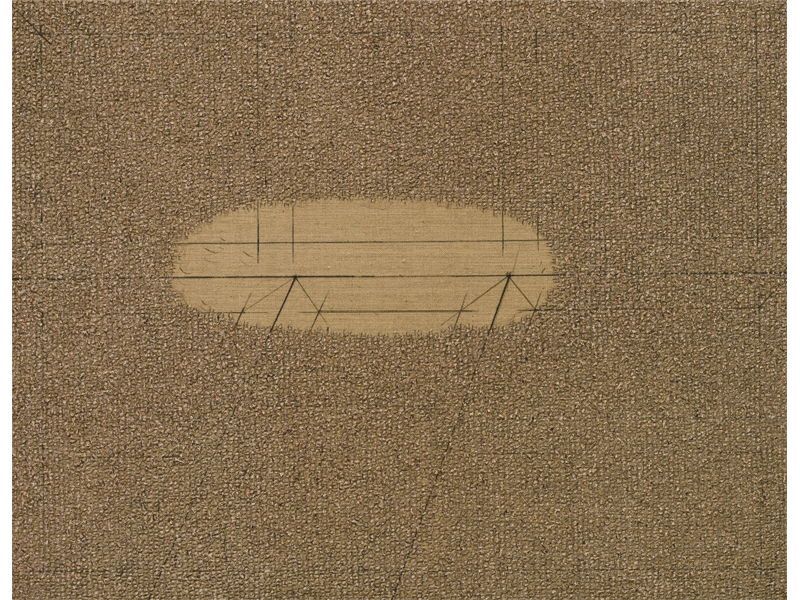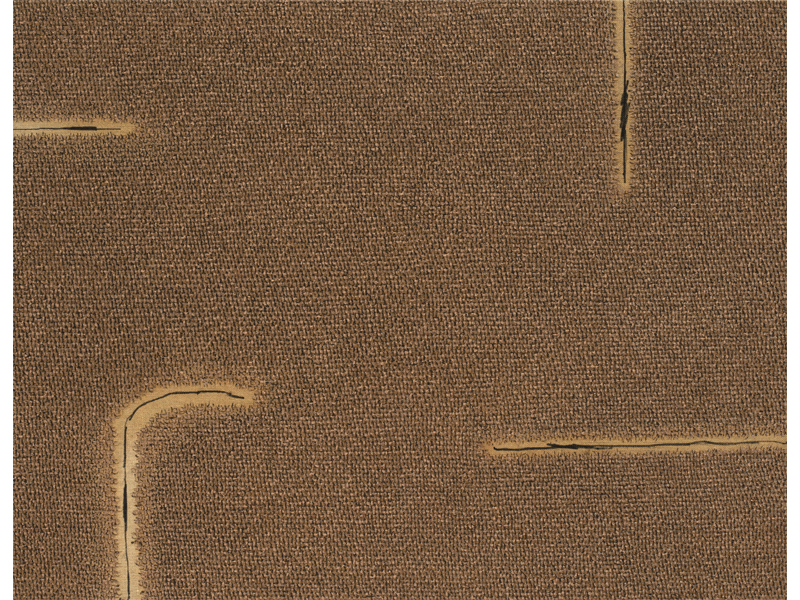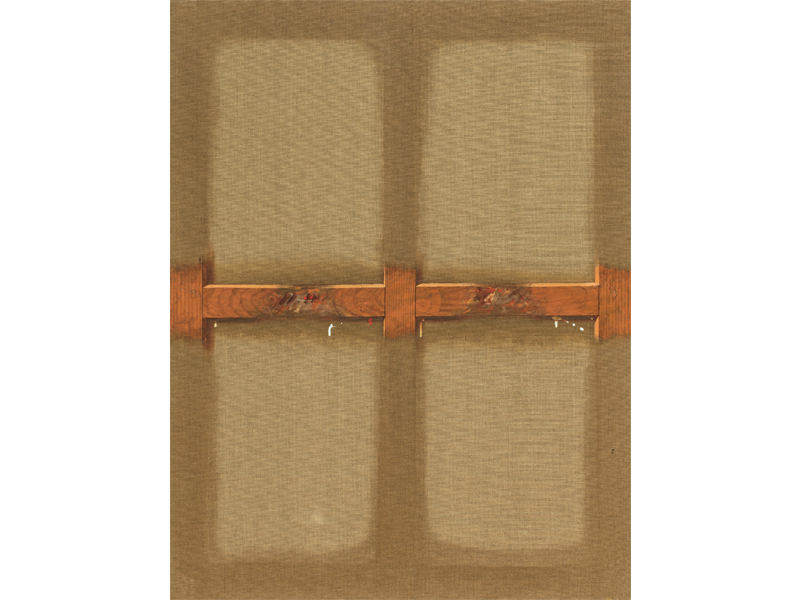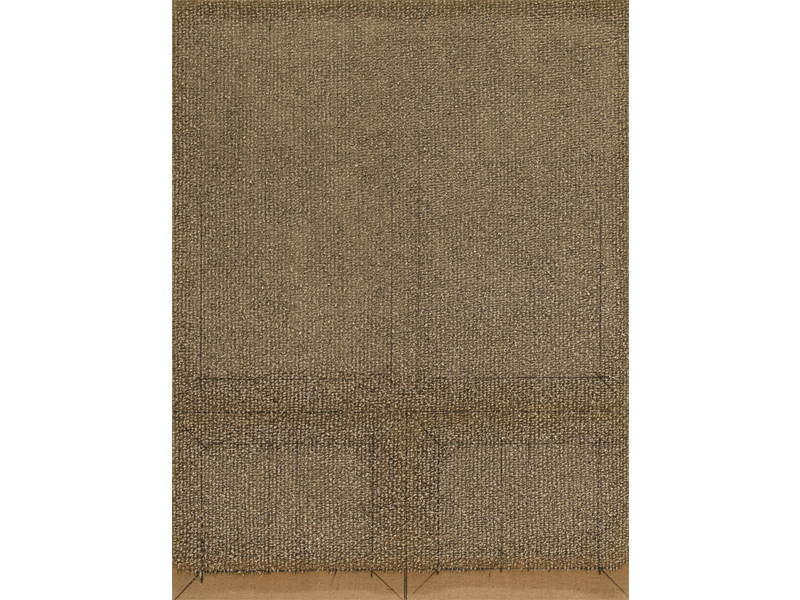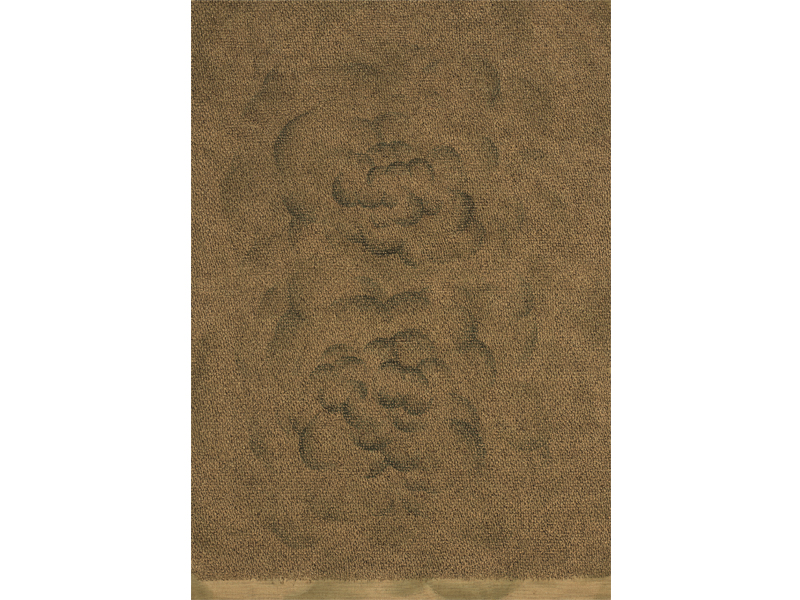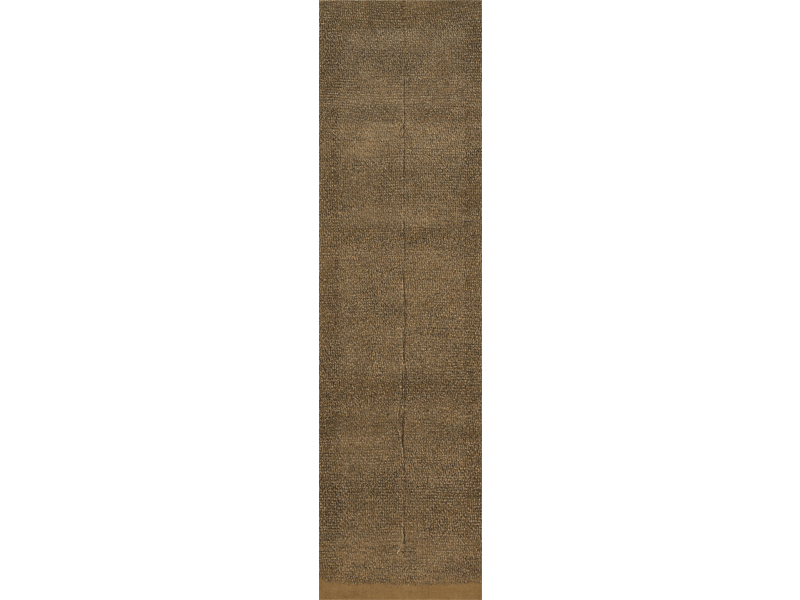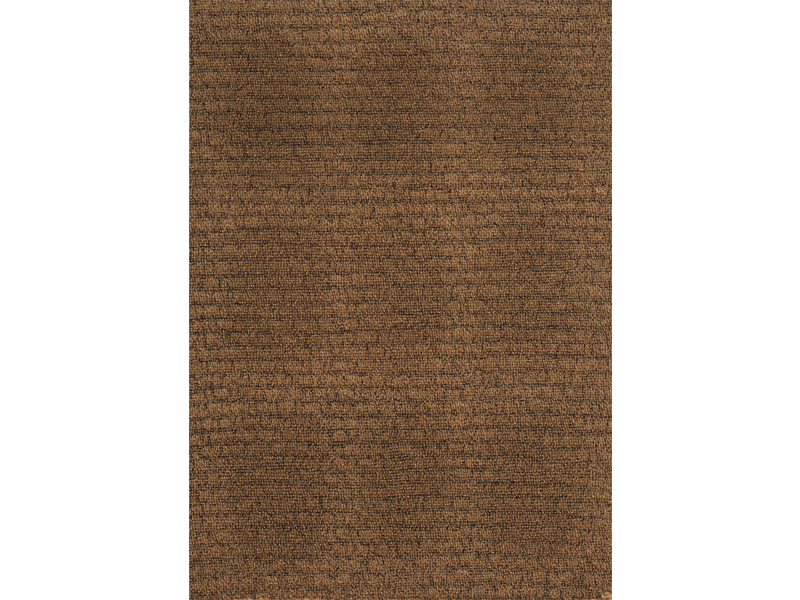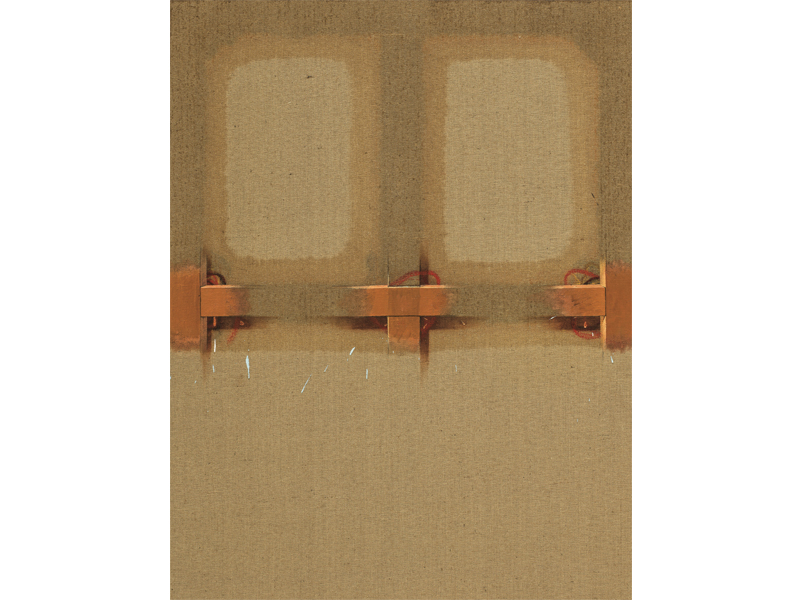Exhibitions

 Current
Upcoming
Past
Current
Upcoming
Past
Hyundai Hwarang is pleased to present a solo exhibition of Shin Sung Hy(1948-2009), The Surface and Behind from August 17 through September 18. Shin posed fundamental questions on what painting is and ceaselessly experimented with the flatness and material limitations of the canvas in order to overcome the very properties of painting. Such investigations have been manifested as consistent motifs in Shin’s work since the early part of his oeuvre. He is known as a painter that overcame the limitation of painting through creative methods seen in his early works that used jute as well as later works that employed collages, stitched canvases, and the technique of ‘nouage.’
This exhibition sheds new light on the series of works that use jute as the surface material of the canvas, which the artist concentrated on from the mid-1970s until the early 1980s and also introduces a series depicting the back of canvases, which are on view for the first time. The paintings that used jute as canvases while depicting the very material in a hyper-realistic manner approach the essence of painting by identifying the background and the created image while contrasting the real and the virtual. In addition, the works show the artist’s unique interpretation of the format that is painting where its surface is depicted more realistically than its real material. Other works where the back of small canvases are depicted in a hyper-realistic manner on top of canvases or are combined with monochrome paintings generate a sense of abstract space, conveying the artist’s spirit of exploration towards space and the flatness of painting.
Shin Sung Hy was born in Ansan, Korea in 1948 and graduated from the Department of Painting at Hongik University in 1971. Shin moved to France in 1980 and continued his artistic career in Europe. Shin held a number of solo exhibitions in Korea and abroad until he died in 2009. Based in France, he also participated in group exhibitions held in European cities that include Zürich and Paris. His works are included in international institutions including the National Museum of Modern and Contemporary Art, Korea, Seoul Museum of Art, Busan Museum of Art, Daegu Art Museum, UNESCO and many others.







